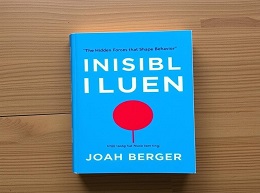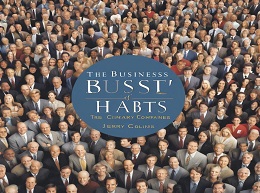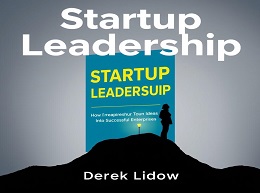Creativity, Inc.

"Creativity, Inc." by Ed Catmull, co-founder of Pixar Animation Studios, is a captivating journey into the world of creativity and innovation. Catmull shares the lessons he learned in leading one of the most successful and innovative companies in the world, offering invaluable insights into fostering a culture of creativity. In this comprehensive review, we'll delve into the key themes and lessons from "Creativity, Inc.," providing readers with inspiration and practical strategies for unleashing their creative potential.
Creating a Culture of Creativity:
Catmull discusses the importance of creating a culture that values and nurtures creativity at every level of the organization.
Example:
Pixar fosters a culture of openness and collaboration, where employees are encouraged to share ideas and take creative risks without fear of judgment or criticism.
Embracing Failure and Iteration:
Catmull emphasizes the importance of embracing failure as a natural part of the creative process and using it as an opportunity for learning and growth.
Example:
Pixar's early film "Toy Story" faced numerous setbacks and challenges during production, but the team persevered through iterative feedback and experimentation to create a groundbreaking animated masterpiece.
Building Diverse and Inclusive Teams:
Catmull explores the role of diversity and inclusion in fostering creativity and innovation within organizations.
Example:
DreamWorks Animation embraces diversity in its workforce, bringing together artists and storytellers from different backgrounds and cultures to create rich and immersive animated worlds that resonate with audiences worldwide.
Encouraging Risk-Taking and Experimentation:
Catmull encourages leaders to create an environment that encourages risk-taking and experimentation, where employees feel empowered to push boundaries and explore new ideas.
Example:
Google's "20% time" policy allows employees to spend a portion of their workweek on passion projects, fostering a culture of innovation and creativity that has led to the development of groundbreaking products like Gmail and Google Maps.
Nurturing Talent and Mentorship:
Catmull discusses the importance of nurturing talent and providing mentorship opportunities for aspiring creatives.
Example:
At Pixar, veteran animators mentor and collaborate with younger talent, passing on their knowledge and experience to the next generation of storytellers and filmmakers.
Balancing Creativity and Business:
Catmull explores the delicate balance between creativity and business, emphasizing the importance of maintaining artistic integrity while also meeting commercial objectives.
Example:
Disney Animation Studios successfully balances creativity and business by producing both critically acclaimed and commercially successful films like "Frozen" and "Zootopia," appealing to a wide range of audiences.
In conclusion, "Creativity, Inc." offers invaluable insights and practical strategies for fostering creativity and innovation in any organization. By creating a culture that values diversity, embraces failure, encourages risk-taking, and nurtures talent, individuals and organizations can unleash their creative potential and achieve extraordinary results.













